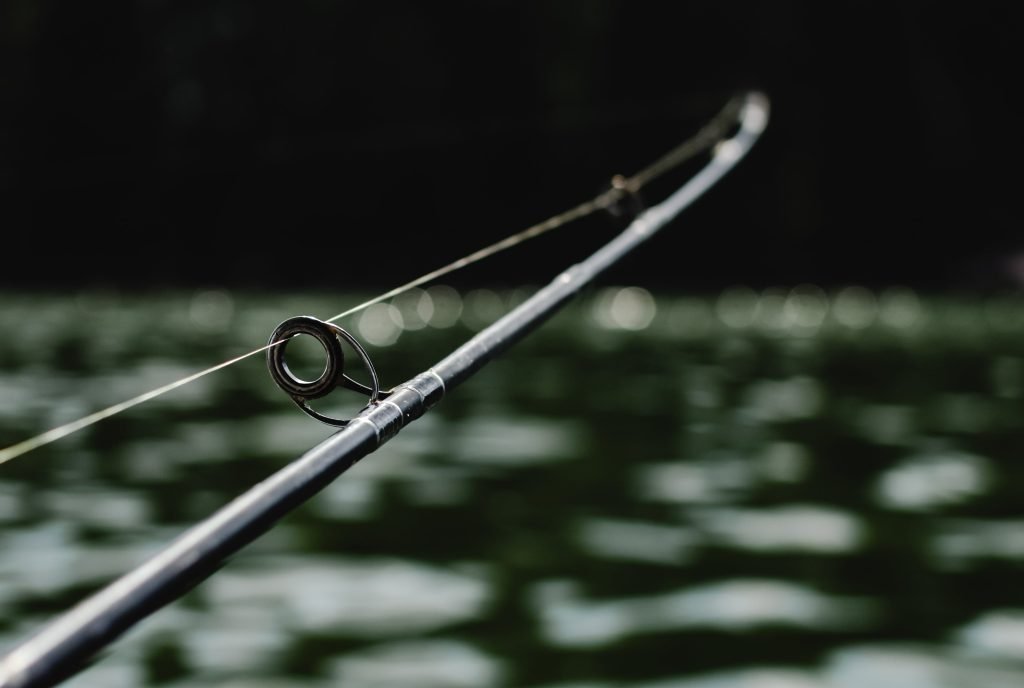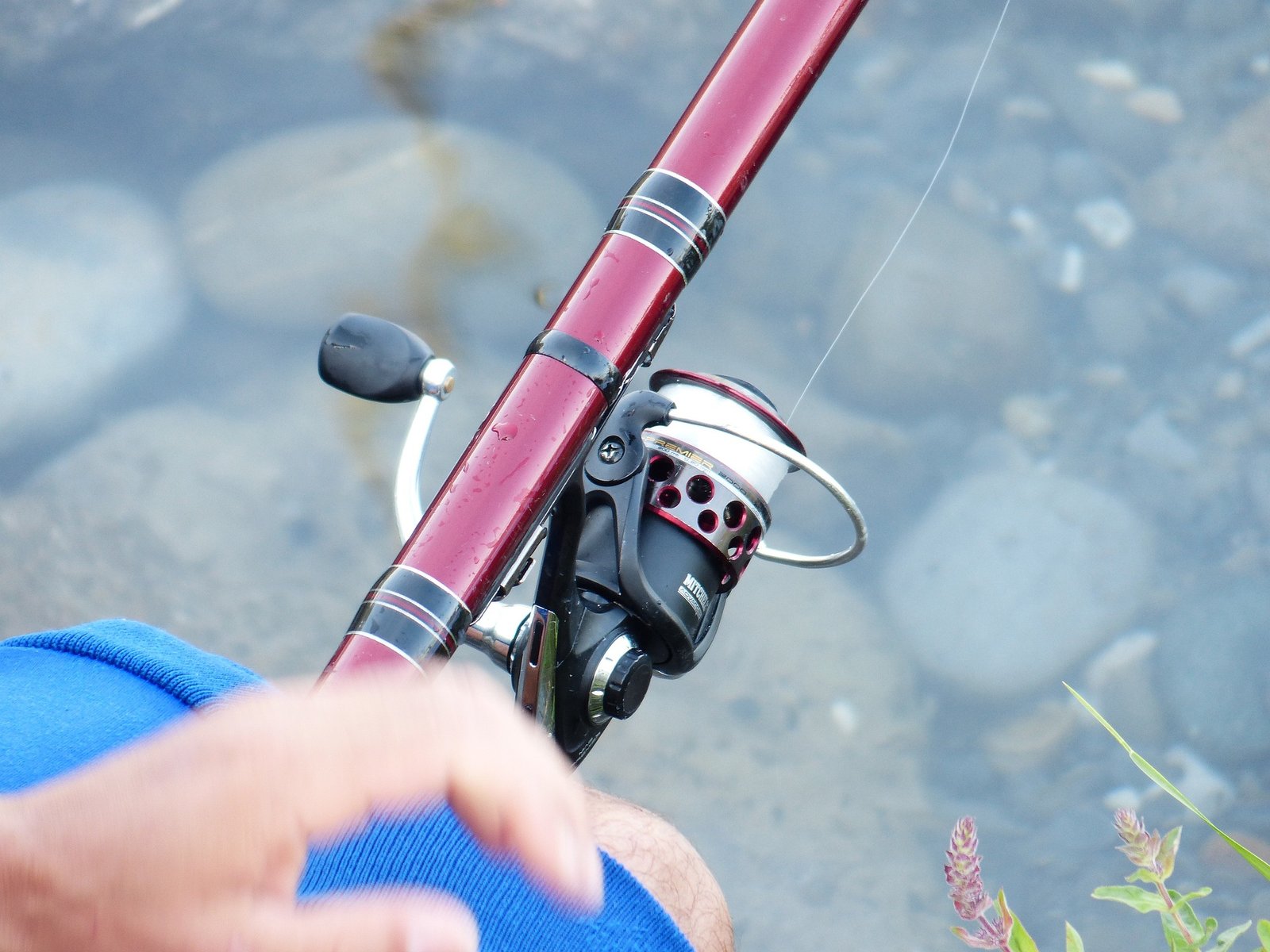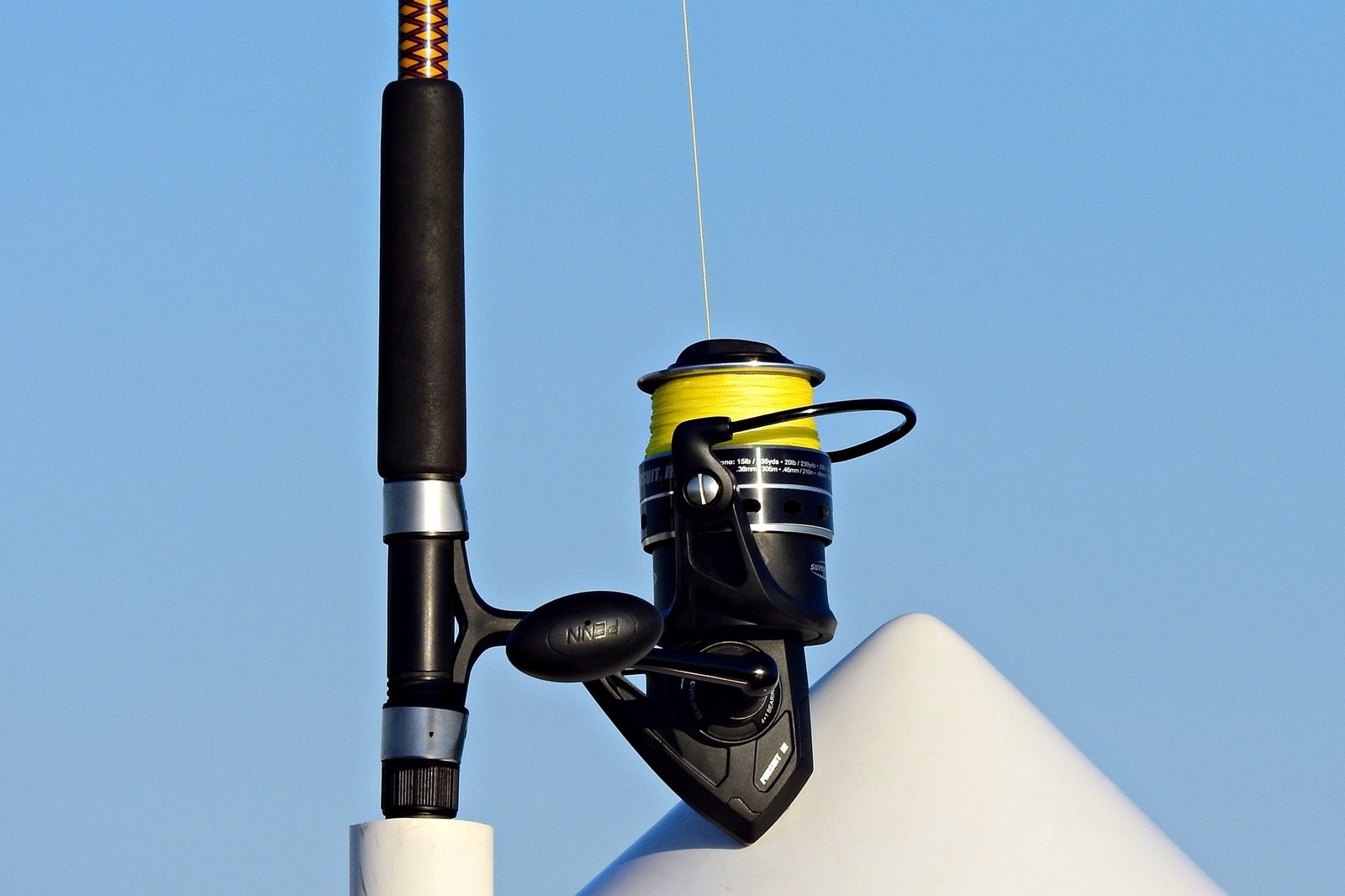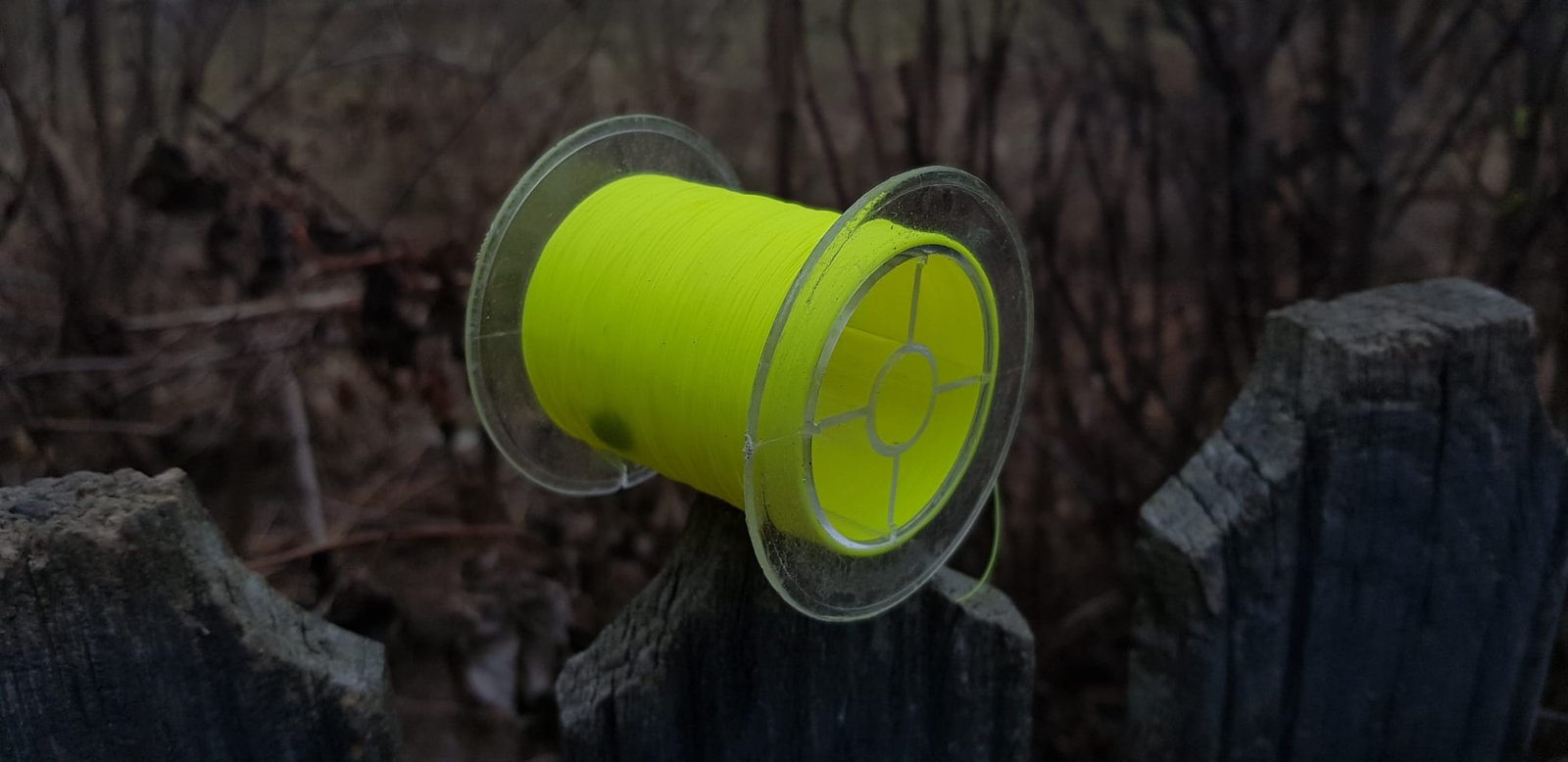
So, you’re searching for a good line for your jigging setup and want maximum performance.
And this begs the question: What makes a line good for jigging?
The two most important things are sensitivity and stretch. You want a line that is very sensitive, to detect those subtle nibbles, and little to no stretch for setting the hook fast.
Does this mean you can’t jig with other lines? Obviously, any line will work in some way, but it’s not optimal.
Fluorocarbon and braided lines are both popular choices for jigging due to their low stretch and high sensitivity. Monofilament lines can also work, but its stretch will make a difference.
That being said, this guide will probably be the last one you’re ever going to need on this topic.
Let’s dive into the details.
The 3 Types of Line for Jigging
There are three primary types of fishing lines available for jigging: braided line, monofilament line, and fluorocarbon line. Each of these lines has its advantages and disadvantages, and selecting the right one depends on your fishing style and the type of fish you are targeting.
Braided Line
))/920580.json)
Braided fishing lines are incredibly strong and sensitive, making them an excellent choice for jigging. They are made of several strands of synthetic fibers that are braided together, giving them a high level of strength and durability. Braided lines also have a smaller diameter (compared to strength), which makes them less visible to fish.
))/4230288.json)
I feel like braid is always the main option for most of us. It’s sensitive, durable, has almost no stretch – Is there something more to want?
Now some anglers don’t want or don’t have braid ready on the reels (for various reasons), so I’ll break down the other two types to see how well they perform.
Fluorocarbon Line
))/1557331.json)
Fluorocarbon fishing lines are another popular choice for jigging. They are made of a dense material that is less visible in the water than other types of fishing lines, making them an excellent choice for targeting finicky fish, mainly in freshwater. Fluorocarbon lines also have a low level of water absorption, making them more durable and longer-lasting than other types of lines.
One of the downsides of fluorocarbon line is that it is more expensive than other types of fishing lines. It has less stretch than monofilament, but not still not like braid.
))/2674195.json)
If you are looking for a durable and low-visibility fishing line for jigging, a fluorocarbon line is an excellent choice.
It’s suited best for picky freshwater fish.
Monofilament Line
))/4007229.json)
Monofilament fishing lines are the least used for this technique. They have a good amount of stretch, making them not so good for feeling bites and setting the hook.
Another downside of monofilament is that it has memory, which means that they can retain the shape of the spool they were wound on. This can cause tangles and knots, which can be frustrating when jigging. However, if you are looking for a versatile and easy-to-use fishing line for jigging, a monofilament line is a good choice.
))/3284540.json)
Now I’m not here to make mono look like a useless piece of garbage, but for jigging, it’s simply not the best option.
Recommended Fishing Lines for Jigging
In this section, I will share my top picks for braided, monofilament, and fluorocarbon lines that have proven to be effective for jigging.
Top Braided Lines
- PowerPro Spectra Fiber: This line is made from ultra-strong Spectra Fiber and has a small diameter, allowing for long casts and better sensitivity. It is also abrasion-resistant and comes in various colors to match different water conditions.
- Spiderwire Stealth: This line is made from Dyneema PE Microfiber and has a round shape, making it easy to handle and cast. It is also strong and sensitive, making it perfect for jigging.
Top Monofilament Lines
Monofilament lines are versatile and affordable, making them a popular choice among anglers. Here are my top picks for monofilament lines:
- Berkley Trilene XL: This line is known for its strength and low memory, making it easy to handle and cast. It is also abrasion-resistant and comes in various colors and strengths to match different fishing conditions.
- Stren Original: This line has been a favorite among anglers for decades due to its strength and durability. It is also affordable and comes in various colors and strengths.
Top Fluorocarbon Lines
Fluorocarbon lines are known for their low visibility and sensitivity, making them ideal for jigging. Here are my top picks for fluorocarbon lines:
- Seaguar Red Label: This line is made from high-quality fluorocarbon material and has excellent knot strength. It is also abrasion-resistant and comes in various strengths to match different fishing conditions.
- Seaguar Invizx: This line is known for its low visibility and sensitivity, making it perfect for jigging. It is also strong and abrasion-resistant, making it ideal for fishing in rocky areas.
Overall, these are the best options for effective jigging. If you have other suggestions, feel free to write in the comment section.
Frequently Asked Questions
What are the advantages of using braided line over monofilament for jigging?
Braided line has a smaller diameter than monofilament of the same strength, which means it has less water resistance and sinks faster. Braided line also has no stretch, which makes it easier to detect bites and set hooks. Additionally, braided line is more durable and resistant to abrasion than monofilament.
How does line color impact success when jigging for walleye?
The color of the fishing line can have an impact on success when jigging for walleye. Clear or low-visibility lines are generally preferred because they are less likely to spook the fish. However, in certain situations, such as fishing in murky water or low light conditions, a high-visibility line may be more effective.
What factors should be considered when choosing line weight for jigging?
The weight of the line used for jigging depends on the size of the jig and the depth of the water being fished. As a general rule, lighter lines are better for finesse techniques and clearer water, while heavier lines are better for deeper water and heavier jigs. However, it is important to match the line weight to the rod and reel being used to ensure proper balance and casting performance.
For jigging rods, what type of fishing line provides the best sensitivity and strength?
Fluorocarbon fishing line is often preferred for jigging rods because it provides excellent sensitivity and strength. Fluorocarbon line has a low stretch, which allows for better detection of bites and more efficient hook sets. It is also more resistant to abrasion than monofilament and has a low visibility in the water.
When targeting bass, what qualities make for the most effective jigging line?
When targeting bass with a jig, the most effective line will depend on the specific technique being used. However, in general, a low-visibility fluorocarbon line is a good choice because it provides excellent sensitivity and is less likely to spook the fish. Additionally, fluorocarbon line has a low stretch, which allows for better detection of bites and more efficient hook sets.
How should one set up their fishing line for optimal jigging performance?
To set up your fishing line for optimal jigging performance, start by tying a fluorocarbon leader to your main line. The length of the leader will depend on the depth of the water being fished and the size of the jig being used. Attach the jig to the end of the leader using a knot that is appropriate for the specific jig and line being used. Finally, adjust the weight of the jig and the length of the leader as needed to achieve the desired depth and presentation.
As an Amazon Associates member, I might earn a commission when you buy through the links on this page, at no additional cost to you. Thanks for helping me do what I like.




